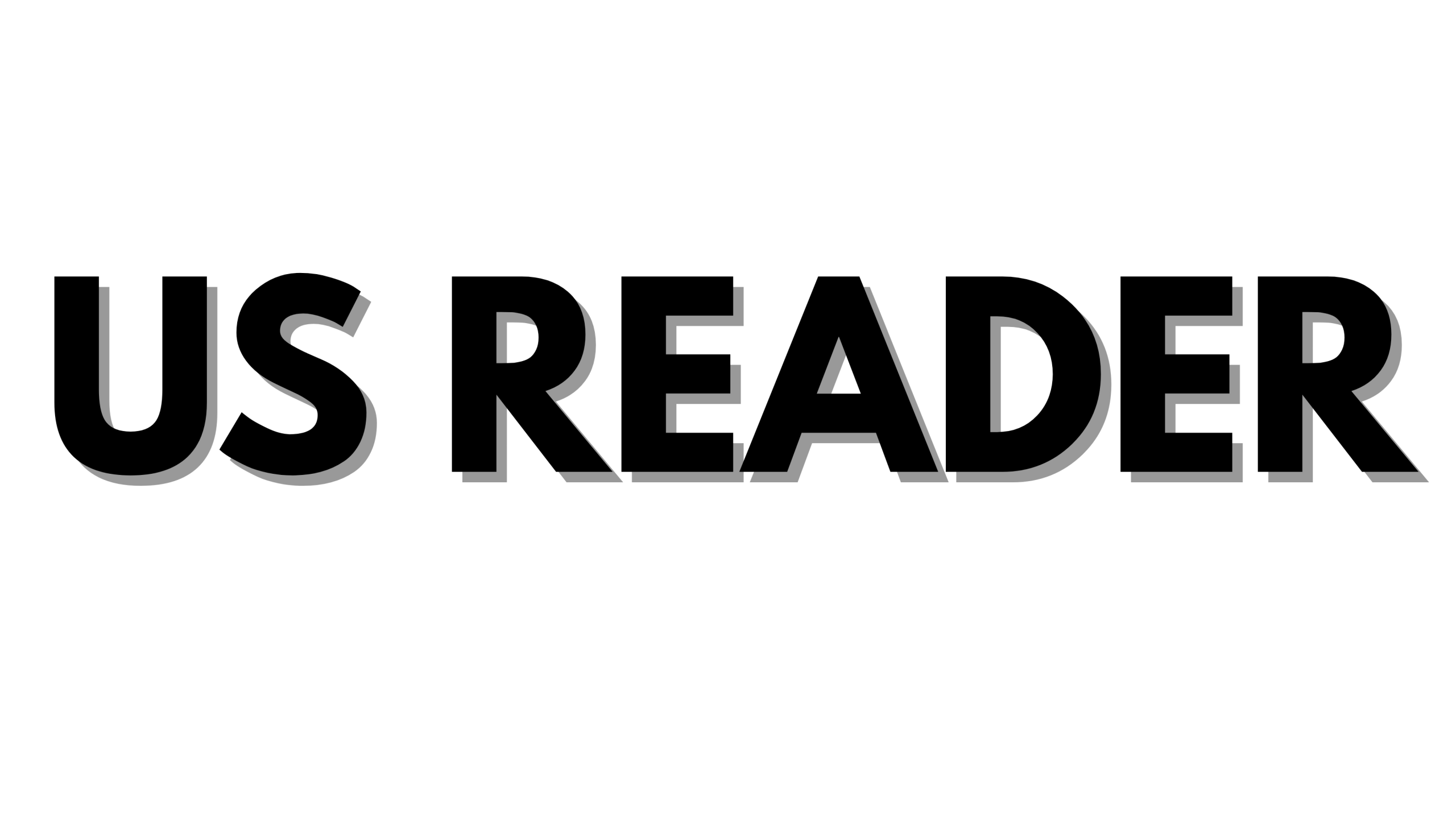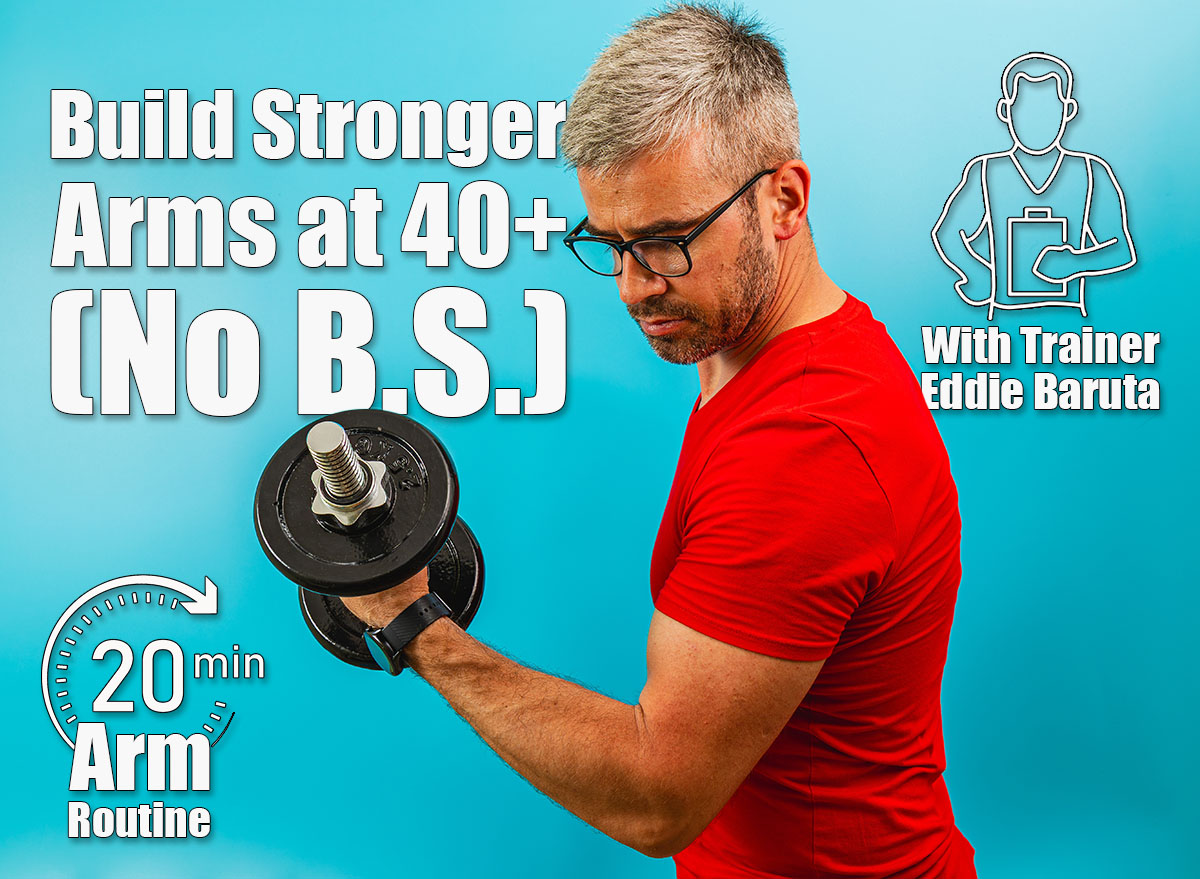Building muscle can present challenges after the age of 40, but with the right workout strategy, it is certainly achievable. In fact, developing stronger arms may be easier than one might assume.
As we age, muscle mass naturally begins to decline after our 30s, and the body takes longer to repair and rebuild muscle tissue. Additionally, joint strength diminishes, and decreased testosterone levels hinder muscle protein synthesis.
Eddie Baruta, a celebrity personal trainer and the global head of gym floor personal training at Ultimate Performance, shed light on common misconceptions and provided valuable tips for enhancing arm strength.
Myths About Building Strong Arms After 40
One prevalent myth is that excessive bicep curls are the key to strong arms after 40. “This is not only ineffective but also short-sighted,” Eddie stated. “Many people mistakenly isolate their biceps with ego-lifting—choosing weights that are far too heavy and using momentum rather than proper form. What they often fail to realize is that arm size and strength are significantly influenced by total lean body mass and full-body training. It takes an additional 10 to 15 pounds of lean body weight to add just an inch to your arm’s circumference, which highlights how crucial whole-body development is for arm gains.”
Another common misconception is focusing primarily on biceps for bigger arms. “In reality, the triceps make up more than two-thirds of the upper arm’s mass,” Eddie noted. “Neglecting triceps work in favor of biceps curls is a common mistake. Comprehensive arm development—especially for individuals over 40—demands thoughtful, balanced programming, including both compound lifts and specific isolation exercises.”
5 Tips to Boost Arm Strength
For those over 40, building arm strength hinges on consistency, recovery, and smart training practices. Here are some essential tips:
1. Prioritize Full-Body Strength Training
Eddie advises that compound exercises like squats, deadlifts, bench presses, and chin-ups not only enhance overall muscle mass but also indirectly aid in arm size by increasing total lean body mass.
2. Dedicate Specific Workouts to Arm Training:
He recommends setting aside one or two days each week specifically for arm workouts. “This ensures direct stimulation of both biceps and triceps for hypertrophy,” he explains.
3. Train Your Biceps and Triceps Equally:
“Since triceps account for the majority of arm mass, incorporating exercises like close-grip bench presses, dips, and skull crushers is critical,” Eddie advises. He cautions against only focusing on muscles that are easily seen in the mirror.
4. Maintain an Even Tempo and Emphasize Time Under Tension:
As individuals enter their 40s, maintaining quality of movement is paramount. “Slower, more controlled reps with full range of motion create greater muscle stress and are much safer for joints and tendons that might be more vulnerable with age,” Eddie explains. He suggests a controlled tempo, emphasizing a three-second descent, a one-second pause, and an explosive lift.
5. Track Your Body Weight:
Eddie points out that being underweight may result in smaller arms. “By increasing lean muscle mass across the body, you’ll naturally support bigger and stronger arms,” he concludes.












